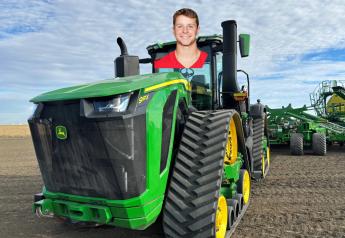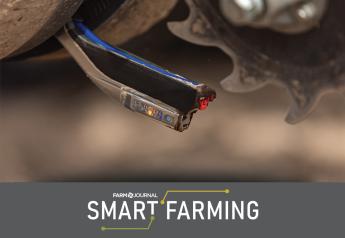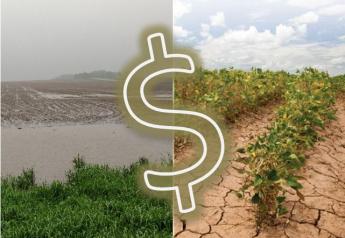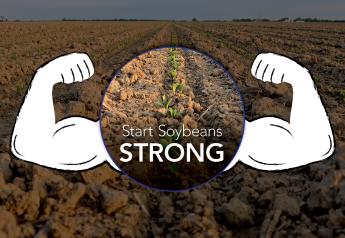Illinois Final Corn Yield Estimate is 180.7 bu. per Acre
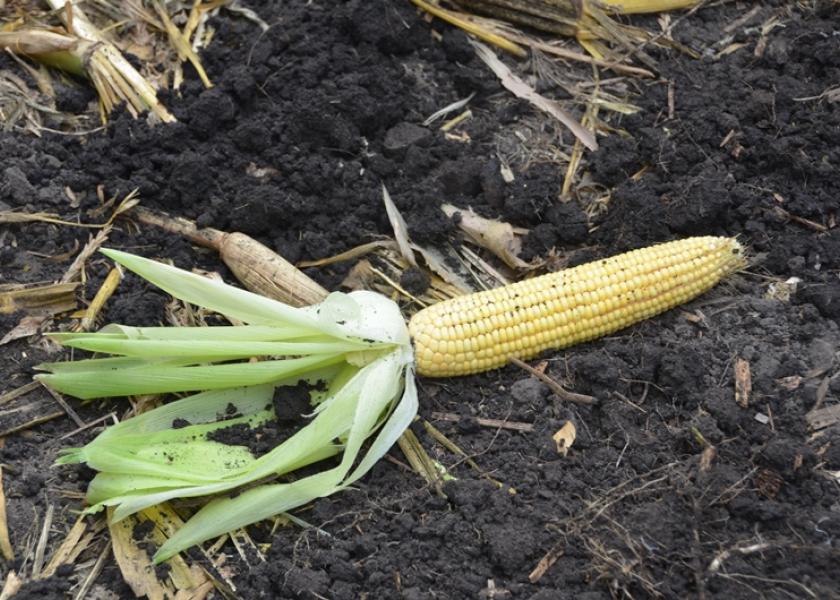
Brian Grete gave Mike Adams, AgriTalk Host, a less than rosy assessment of the 2017 Illinois corn crop during this morning’s show. Ear counts, kernel rows and grain length are down, down and down, Grete told Adams.
The triple whammy means the Farm Journal Midwest Crop Tour average yield estimate for Illinois is 180.7 bu. per acre.
“That’s down 6.6% [from last year],” says Grete, team lead for the Eastern leg of the tour.
He notes that the best corn he saw in Illinois this week was in the west-central portion of the state. “Yields there were a bit more consistent,” he notes. “Even then, it’s not what I think the guys would’ve agreed to when they put the seed in the ground.”
Chip Flory chimed in with a summation a farmer gave him about the Illinois crop. “There are a lot of pretty ears, but no pretty fields,” says Flory, Pro Farmer Editorial Director.
As for soybeans, in a 3’ x 3’ square, Grete says the pod count average for the state was just shy of 1,231, which is also 6.6% down from 2016.
“There are decent beans, but nothing that would blow your socks off,” he says. “There aren’t a lot of fields still in bloom, but some rain could plump up those beans and add some yield that way,” Grete says.
One thing that could skew final yield estimates , Grete adds, is that scouts are measuring crops that are not as mature as they typically are when the tour is taking place. He says the formula scouts use to estimate yield works better on a more mature crop.
Still, Grete notes that even in Illinois crop districts 4 and 5 where “there’s some really good dirt” he didn’t see any outstanding corn or bean crops.




